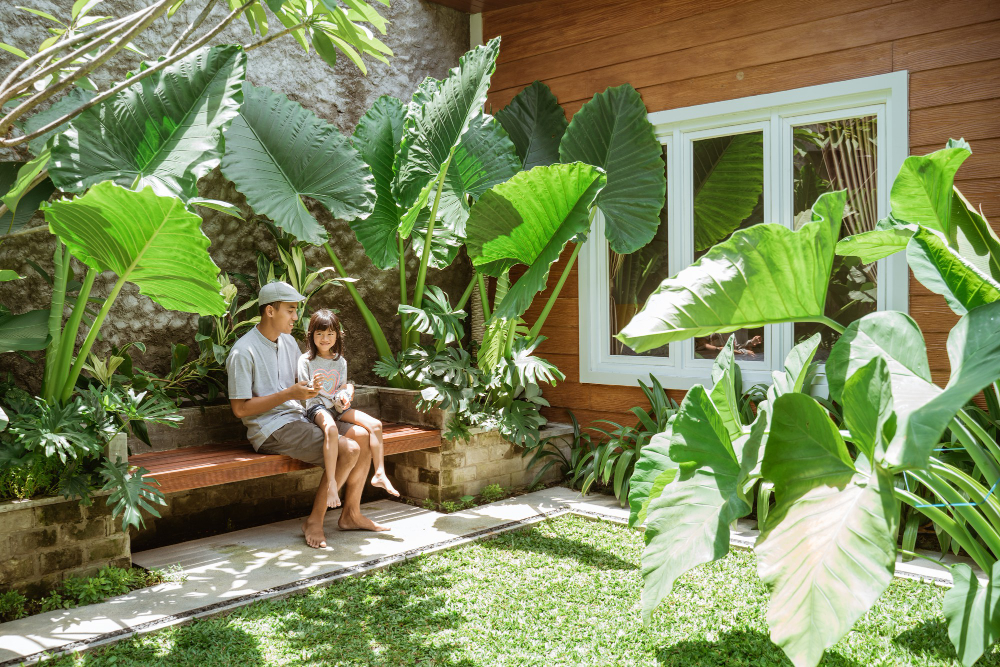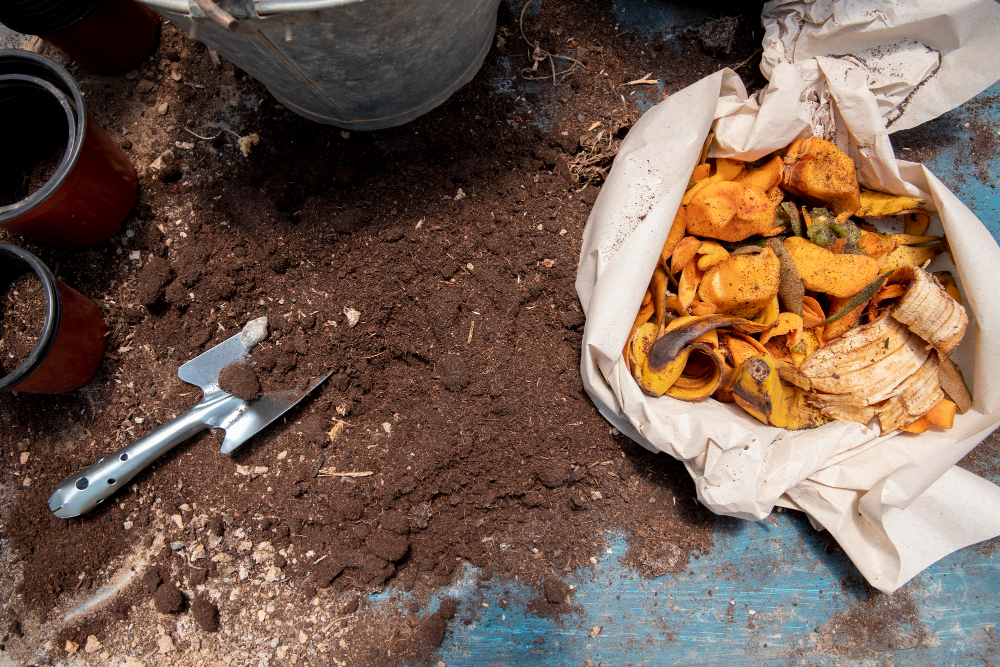Last updated on
There’s nothing quite like looking outside your window and peering into the world of greenery that you have perfectly manicured over the years as a bastion of wildlife and beauty. If you’re thinking that doesn’t sound anything like your situation, yet you long to have a garden worthy of your attention, this post might just be up your street!
We will take a look at a few ways in which you can create the garden of your dreams that exudes beauty and elegance while ensuring you adhere to the best principles of eco-friendliness.
Remove Any and All Clutter That Is Preventing You from Taking Action

If you find yourself in the unfortunate situation of having a yard full of clutter, chances are high that you have never ventured out and attempted to develop your garden simply because you shudder at the thought of clearing out the many items that occupy your valuable real estate. Forutanly, there are usually plenty of options in large urban areas that take the form of junk removal services.
For instance, if you happen to have a yard full of rubbish in Phoenix, you might want to visit Junk Removal Phoenix, LLC, and similar companies which is able to provide you with an affordable means with which to clear space. The same will be true whatever city you live in, but the idea is that you call these businesses and inform them of the work that needs doing, and they come along and do all the hard work…simple, really!
Reuse Rainwater for Watering Needs
Now that you have cleared your yard of junk and have a blank canvas to work with, it’s time to move on to ways in which you can make your dream garden a reality. The first step is considering how you will water your plants. Unless you have been hopelessly ill-informed throughout your life, you should already know that plants need water to flourish.
However, if you live in areas prone to drought or possibly have hosepipe bans in order to conserve the groundwater, you will need to consider other options. Perhaps the best way to ensure you have a year-round supply of the good stuff is to invest in as many water butts as possible that collect rainwater during the times of the year when rain is more common.
If you connect them up to your guttering system, they will flow freely, and once full, divert the remaining water out into the drain as usual.
Invest in a Compost Bin

Compost is arguably the most eco-friendly technique for both disposing of organic waste and reusing it to feed your plants.
Interestingly, composting has benefits that extend to supporting local bee populations. In a healthy garden ecosystem, the queen bees in a colony can thrive.
These queen bees are crucial as they breed worker bees, which are essential for pollination. This process contributes to a vibrant and healthy garden by ensuring a diversity of plant life, which, in turn, supports more efficient composting by promoting a balance of organic matter for decomposition.
There are many ways to go about it, but the idea is to find a section of your garden and set up an open-air compost where you dump food waste that will eventually mulch down into a highly potent, natural fertilizer.
Create a Wild Garden
Rewilding is all the craze these days and for a good reason. Most households will eschew native species of plants for more exotic options that look great but don’t contribute much back to the local environment. By choosing native species, you can bring your garden to life with various incredible insects that will not only pollinate your space but also help restore life to your local area.
You have lots of options to turn your garden into an oasis of eco-friendliness, but it generally starts with creating a clear space ready to work in. Once you have a clean slate, you can introduce composts and native flora and bring fresh and novel water-saving methods.
Table of Contents




